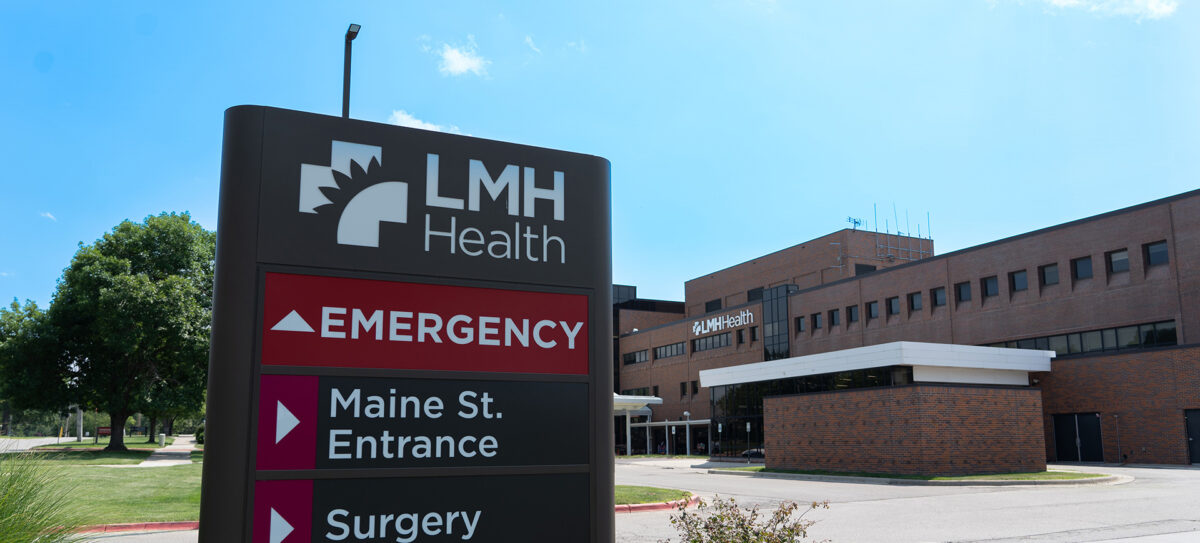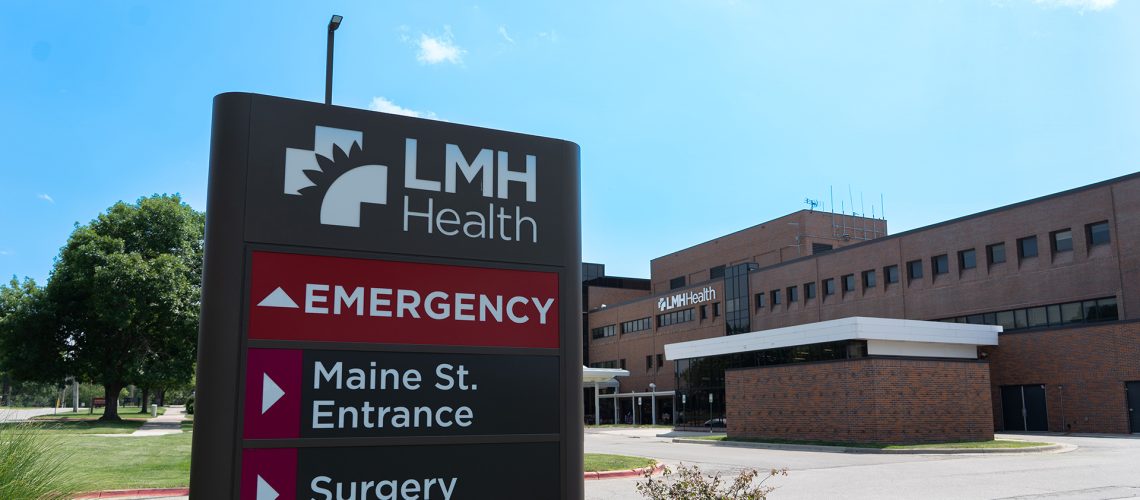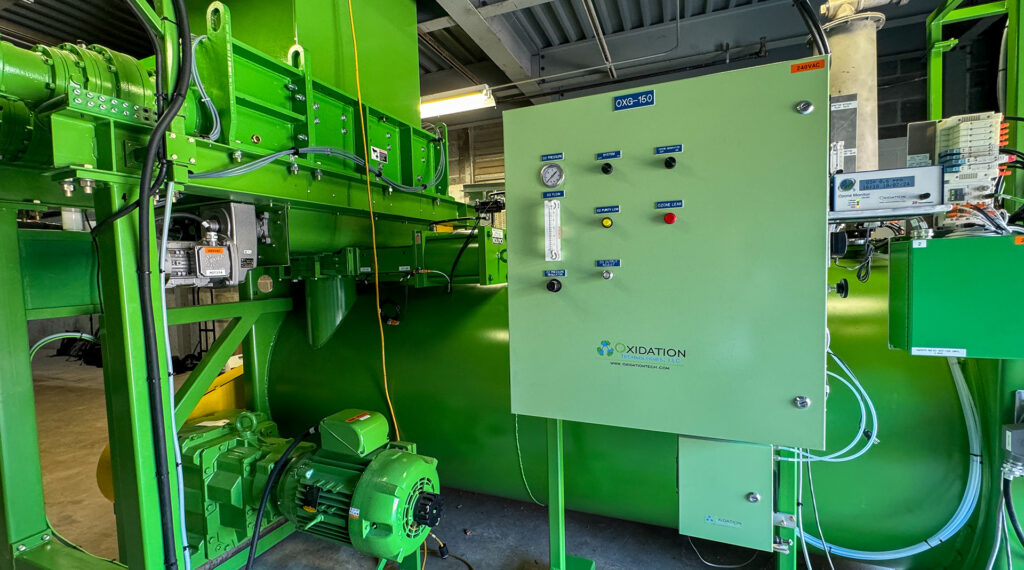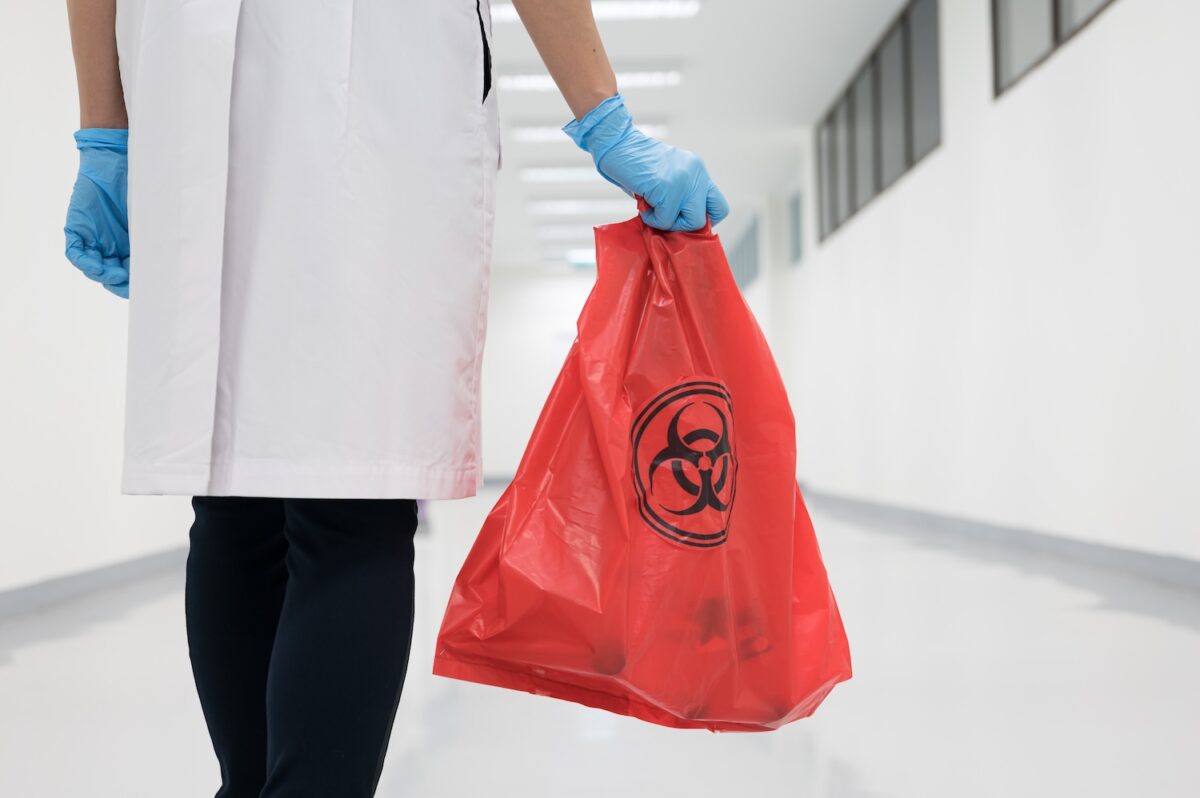White Paper - Ozone Treatment of Medical Waste Shown to Lower Cost and Emissions
We recently conducted a greenhouse gas (GHG) emissions study comparing ozone treatment, incineration, autoclaving, and chemical disinfection.
Among these various treatment methods, ozone treatment was shown to have both the lowest emissions (654.77 kg CO2e/ton) and the lowest cost per ton of waste, with a price of just $78.61 compared to $173.53 for the next lowest-cost method. On-site ozone treatment also eliminates transportation emissions associated with off-site methods.
This demonstrates ozone as the most environmentally friendly and cost-effective method for medical waste treatment.
#1: An Introduction to Medial Waste and the Regulatory Landscape
Medical waste is primarily regulated at the state level, with oversight from federal agencies like the EPA, OSHA, CDC, and FDA. The federal government sets baseline requirements, but individual states may have additional or more stringent regulations. The Resource Conservation and Recovery Act (RCRA) governs hazardous waste, while OSHA’s Bloodborne Pathogens Standard ensures worker safety. The FDA regulates medical devices that may contribute to medical waste, and the CDC provides best practices for handling infectious materials.
Medical waste must be effectively treated before disposal, with approved treatment methods including ozone treatment, incineration, autoclaving, and chemical disinfection. Federal and state regulations mandate proper containment, labeling, transportation, and disposal to prevent occupational exposure and environmental contamination.
#2: Treatment Methods
Ozone Treatment
Ozone treatment is a chemical-free method that sterilizes medical waste through oxidation. The process involves shredding waste, exposing it to ozone gas, and reducing its volume by up to 90%. This method eliminates infectious agents without producing additional waste streams and has a six-log reduction in pathogens (99.9999% efficacy).
The ozone gas used in this process is a strong oxidant that destroys pathogens by breaking down cell walls and nucleic acids. Unlike chemical disinfection, it does not introduce additional contaminants or require handling of hazardous chemicals. The end product is a sterile, non-recognizable material that can be safely disposed of in a landfill or used as refuse-derived fuel.
Advantages:
- No secondary waste streams
- Lower greenhouse gas emissions
- Reduced energy consumption
- Waste becomes unrecognizable as medical waste
- Eliminates transportation emission when used onsite
Inceneration
Incineration burns waste at high temperatures, reducing its volume and eliminating infectious agents. However, it produces harmful emissions such as dioxins, heavy metals, and particulate matter. Regulations have been tightened due to health and environmental concerns.
The process requires high energy input and results in residual ash that must be properly handled and disposed of. Incineration is effective for hazardous and pharmaceutical waste, but due to air pollution concerns, many facilities are shifting to alternative methods.
Advantages:
- High volume reduction
- Complete pathogen destruction
- Effective for hazardous waste disposal
Disadvantages:
- Air pollution concerns (dioxins, heavy metals, particulate matter)
- High regulatory scrutiny and compliance costs
- Residual toxic ash disposal requiring special handling
Autoclaving
Autoclaves use pressurized steam to sterilize medical waste. The waste remains recognizable after treatment and must still be disposed of in a landfill. Some hazardous pharmaceutical and chemical waste cannot be autoclaved.
The process requires high-temperature steam exposure for a specified time and, while it effectively inactivates biological contaminants, it does not significantly reduce waste volume. In some cases, the treated waste still poses a risk due to sharps or other intact materials.
Advantages:
- Effective sterilization for most biological waste
- Lower emissions than incineration
- Established, widely used technology
Disadvantages:
- High energy consumption
- Does not reduce waste volume
- Requires additional handling and disposal
- Workers are exposed to risks associated with steam and pressure chambers
- Excessive water consumption, leading to resource waste and inefficiency
Chemical Disinfection
Chemical treatment uses disinfectants like sodium hypochlorite or hydrogen peroxide to sterilize waste. The process is most effective for liquid waste but requires careful handling and disposal of chemical byproducts.
This method is commonly used for laboratory and healthcare liquid waste but requires additional processing steps for solid waste. Chemical disinfection often generates wastewater that must be treated before disposal, adding to overall environmental impact.
Advantages:
- Effective for liquid waste
- Lower emissions than incineration
- Can be applied onsite
Disadvantages:
- Chemical handling risks and storage requirements
- Produces wastewater requiring further treatment
- Limited effectiveness for solid waste
#3: Environmental and Cost Comparisons
WasteMedX commissioned a greenhouse gas (GHG) emissions study comparing various treatment methods. Ozone treatment was shown to have the lowest emissions (654.77 kg CO2e/ton), while incineration, autoclaving, and chemical disinfection had significantly higher emissions. On-site ozone treatment also eliminated transportation emissions associated with off-site methods.
Cost Analysis (per ton of waste):
- Ozone Treatment: $78.61
- Incineration: $173.53
- Autoclaving: $195.85
- Chemical Disinfection: $193.75
Landfilling emissions and energy requirements were shown to vary depending on the method used. Incineration, while reducing waste mass significantly, contributes to higher emissions due to fuel combustion and residual ash disposal. Autoclaving does not significantly reduce waste volume, requiring further landfill space, and it also consumes excessive amounts of water. Chemical disinfection, while effective for certain applications, introduces additional chemical waste streams.
#4: Conclusion
Upon conclusion of the study, ozone treatment emerged as the most environmentally friendly and cost-effective method for medical waste treatment. It minimizes greenhouse gas emissions, reduces waste volume by 90%, and eliminates the need for hazardous chemical storage. Incineration, while effective in waste reduction, has severeenvironmental and health risks. Autoclaving and chemical disinfection provide viable alternatives but have drawbacks in volume reduction and chemical handling.
Key Takeaways:
- Ozone treatment is the most sustainable and cost-efficient method.
- Incineration has the highest environmental impact due to emissions and ash disposal.
- Autoclaving is effective but does not reduce waste volume significantly and requires excessive water consumption.
- Chemical disinfection is best suited for liquid waste but requires additional chemical management.
For medical facilities seeking a safe, cost-effective, and sustainable waste treatment solution, ozone treatment offers the best balance of efficiency, compliance, and environmental responsibility.











